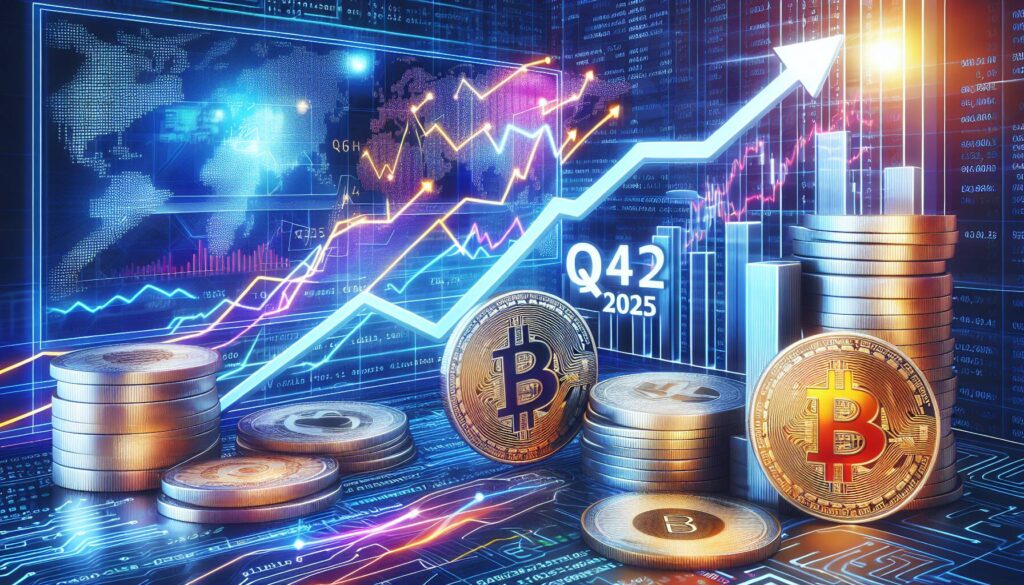In a significant move, China’s Ministry of Commerce (MOFCOM) has announced new rare-earth export controls, which it asserts are lawful national-security measures, rather than blanket bans. A spokesperson clarified that licenses will be granted for eligible civilian trade, indicating that while restrictions are in place, there is still a pathway for compliant businesses to operate. Rare earth elements, pivotal in high-tech applications such as electric vehicles and defense technologies, have seen China dominate the industry with approximately 70% of global production and 90% of processing. This heavy influence means that any changes in licensing protocols can create waves throughout international supply chains.
The ministry’s recent decision to refine its export control system aligns with its domestic laws and international obligations, particularly around non-proliferation. The spokesperson noted the military significance of certain rare earths and highlighted that trading partners were pre-notified through established dialogue channels. The focus is on a licensing system rather than outright prohibitions, with MOFCOM indicating that it is actively exploring measures such as general licenses and exemptions to foster legitimate trade.
“Compliant civilian exports can get approval,” stated the spokesperson, signaling a willingness to facilitate trade as long as it adheres to the new regulations.
In a broader context, MOFCOM reacted to U.S. President Donald Trump’s recent comments regarding impending tariffs on Chinese imports, labeling Washington’s approach a “double standard.” The spokesperson pointed out the extensive nature of U.S. export controls while expressing China’s desire to avoid a trade war. Nonetheless, they affirmed that China would take necessary steps to safeguard its interests against perceived U.S. unilateral actions.
On a separate front, as of the latest updates, the cryptocurrency market is experiencing notable fluctuations, with Bitcoin trading around $111,271, reflecting a small decline over the past day and a substantial drop since earlier in the week. This volatility corresponds with a current sentiment, measured by the Crypto Fear & Greed Index, signaling “Extreme Fear” in the market, further emphasizing the uncertainties faced by investors today.

China’s New Rare-Earth Export Controls
The following key points summarize the recent developments in China’s rare-earth export controls and their implications:
- Lawful National-Security Steps: China’s Ministry of Commerce (MOFCOM) claims the new export controls are legal and aimed at national security, not complete bans.
- Licensing for Civilian Trade: Licenses will be issued for eligible civilian trade, allowing compliant exports to proceed.
- Global Supply Chain Impact: China dominates the rare-earth sector with around 70% global production, indicating shifts in licensing will significantly affect supply chains worldwide.
- Military Relevance: Medium- and heavy rare earths are noted for their importance in defense technologies, signaling strategic considerations in export controls.
- Response to U.S. Trade Policies: MOFCOM criticized the U.S. for perceived double standards in trade practices while expressing a desire to avoid a trade war.
- Countermeasures on U.S. Port Fees: China plans to introduce special port fees on U.S.-linked vessels as a defensive measure against new American shipping fees.
- Broader Market Sentiment: Following these developments, the cryptocurrency market showed a decline, reflecting overall economic uncertainty influenced by international trade relations.
These points highlight the interconnectedness of trade policies and global supply chains, emphasizing how changes in one country’s regulations can have wide-ranging effects on international markets and consumer prices.
China’s Strategic Rare-Earth Export Controls: Implications for Global Markets
China’s recent announcement regarding its rare-earth export controls represents a pivotal moment in the global supply chain landscape. With approximately 70% of global production and a staggering 90% of processing capabilities housed in China, these controls provide Beijing with significant leverage in international trade, particularly in sectors reliant on advanced technologies like electric vehicles (EVs) and defense electronics.
In contrast to previous blanket bans that could have severely disrupted trade relations, China’s approach emphasizes licensing as a controlled means of regulating exports. This carefully measured strategy sets it apart from the harsh tariffs and blanket sanctions that have characterized U.S. trade policy under previous administrations. For businesses engaged in the civilian sector, the licensing system could offer a semblance of stability, as compliance may lead to thriving trade opportunities. However, this move could also present challenges for companies that struggle to navigate the licensing process or fail to qualify for exemptions.
The dual messaging from MOFCOM—balancing national security with an invitation for continued trade—positions China as a determined negotiator, especially in response to U.S. policies that include potential tariffs on Chinese goods. This could benefit Chinese manufacturers who maintain compliance, reinforcing their market position. However, companies in the U.S. that are heavily reliant on Chinese rare-earth elements may face increased costs and uncertainty regarding their supply chains, potentially leading to competitive disadvantages.
Moreover, the potential backlash from the U.S., including the planned port fees on Chinese vessels, could exacerbate tensions and lead to retaliatory measures. Such dynamics might provoke further complications for stakeholders on both sides, resulting in a fraught trade environment. The broader implications of these controls could therefore resonate across the technology sectors in both nations, giving rise to opportunities for alternative suppliers and innovations in rare-earth recycling and production outside of China.
In summary, while China’s licensing initiative aims to facilitate legitimate trade and reaffirm its dominance in the rare-earth sector, it also invites scrutiny and reaction from global competitors, particularly the U.S. businesses struggling with the evolving regulatory landscape.














